Complete Solutions to MCQB of chapter ALCOHOLS AND PHENOLS of Class 12 book with complete answers and questions
| Class 12 | CHEMISTRY |
| Chapter | ALCOHOLS AND PHENOLS |
| DINESH COMPANION CHEMISTRY | MCQB |
| Number Of Questions | 74 |
| Academic Year | 2023-24 |
What amount of bromine will be required to convert `2g` of phenol into `2,4,6-` tribromphenol
02:19View SolutionThe most suitable method of separation of a mixture of ortho and para nitrophenol in the ratio `1:1` is :
02:53View SolutionThe order of reactivity of following towards electrophilic substitution is :
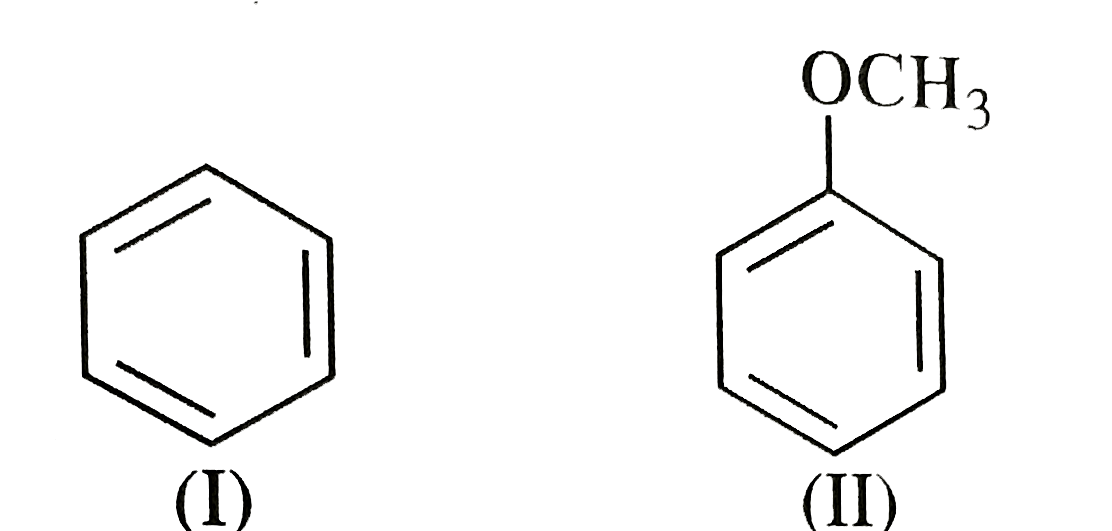
 05:16View Solution
05:16View SolutionThe product of the following reaction is :
 05:11View Solution
05:11View SolutionThe correct acidic strength order of the following is :
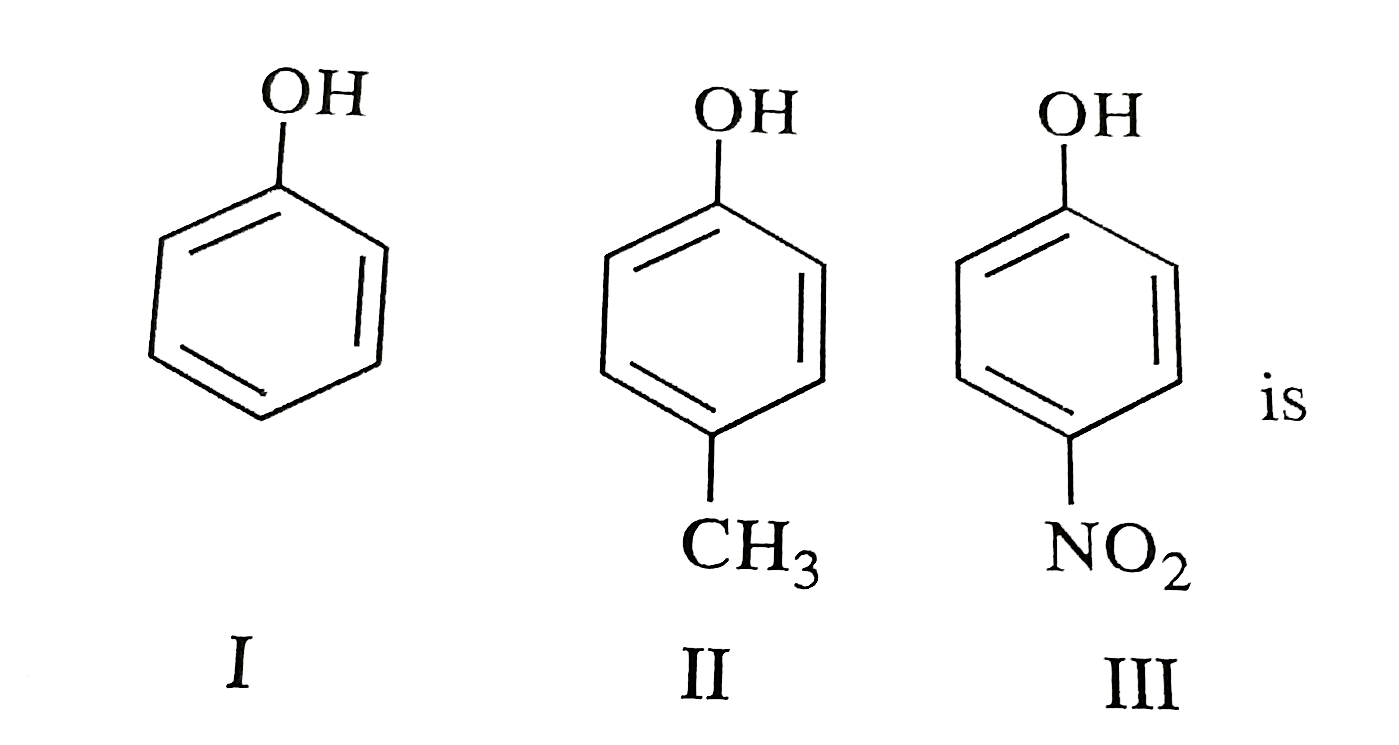 04:57View Solution
04:57View SolutionIn preparation of alkene from alcohol using `Al_(2)O_(3)`, which is the effective factor:
02:38View SolutionWhich of the following will not form a yellow precipitate on heating with an alkaline solution of iodine?
03:15View SolutionEthylene glycol reacts with excess of `PCl_(5)` to give :
03:21View SolutionWhich of the following compounds is the most acidic ?
04:49View SolutionEthyle oxide when reacted with with Grignard's reagent yields
02:37View Solutionthe major product in the following reaction is : `CH_(3)CH(Cl)CH_(2)CH_(2)OH overset(KOH (aq))(rarr)`
04:00View SolutionWhich of the following is the most reactive towards electrophilic attack ?
02:16View SolutionConsider the following reaction
ethanol `overset(PBr_(3))(rarr)Xoverset(alc.KOH)(rarr)Yoverset((i)H_(2)SO_(4),"room temp".)underset((ii)H_(2)O,heat)(rarr)Z` the product `Z` is02:12View SolutionConsider the following reaction
Phenol `overset(Zn)underset("dust")rarr X overset(CH_(3)Cl)underset(underset(AlCl_(3))("Anhydrous"))rarr Y overset("Alkaline")underset(KMnO_(4))rarrZ`
The product Z is02:47View SolutionWhich one of the following compounds has the most acidic nature?
02:54View SolutionWhich one of the following is most reactive towards electrophilic reagent ?
02:22View SolutionIn the following reactions,
(a) `H_(3)C-overset(CH_(3))overset("| ")(CH)-underset(" "OH )underset(|)(CH)-CH_(3)overset(H^(+)//heat)rarr underset("product")underset("Major")(A) + underset("product")underset("Minor")(B)`
(b) `A overset(HBr,dark)underset("in absence of peroxide")rarr underset("product")underset("Major")(C)+underset("product")underset("Minor")(D)`
The major products (A) and (C) are respectively:04:49View SolutionThe compound which undergoes dehydration very easily is :
03:07View SolutionIn the following reaction
`H_(3)C-underset(CH_(3))underset(|)overset(CH_(3))overset(|)(C)-CH=CH_(2) overset(H_(2)O //H^(o+))(rarr) underset(("Major"),("product"))(A)underset(("Minor"),("product"))(B)`
The major product is03:11View SolutionWhat amount of bromine will be required to convert `2g` of phenol into `2,4,6-` tribromphenol
02:19View SolutionWhich of the following will be most readily dehydrated in acidic conditions ?
06:10View SolutionAmong the following sets of reactants which one produces anisole?
04:23View SolutionAn ether solution of `PhCH_(3) (I), PhNH_(2) (II)` and `PhOH (III)` is extracted with squeous `NAOH`. The ether layer will contain which compound(s) after the extraction ?
View SolutionReaction of phenol with chloroform in presence of dilute sodium hydroxide finally introduces which one of the following functional group ?
02:06View SolutionWhich of the following is not the product of hydration of
 04:36View Solution
04:36View SolutionDehydration of which one of the following alcohols produces an alkene exhibiting cis-trans isomerism ?
07:21View Solution
X, Y and Z areView SolutionOut of the following compounds which produce `CO_(2)` gas when treated with `NaHCO_(3)` ?
(i) Phenol (ii) 2, 4, 6-Trinitrophenol
(iii) Acetic acid (iv) 2, 4, 6-trimethylphenol.
(v) Ethyl alcohol.03:58View SolutionOut of following compounds, which will give iodoform test ? (i) Isopropyl alcohol (ii) Isobutyl alcohol (iii) Secondary butyl alcohol (iv) Ethyl alcohol (v) Acetic acid.
06:37View SolutionWhich of the following reagents would distinguish cis cyclopenta-1,2- diol from the trans-isomer?
03:03View SolutionWhich one of the following -compounds does not react with nitrous acid ? .
01:54View SolutionWhich of the following compounds contain at least one secondary alcohol ?
 02:03View Solution
02:03View SolutionWhich one is the most acidic compound?
02:42View SolutionIdentify the major product P, Q and R in the following sequence of reactions:
 04:40View Solution
04:40View SolutionIn the reaction
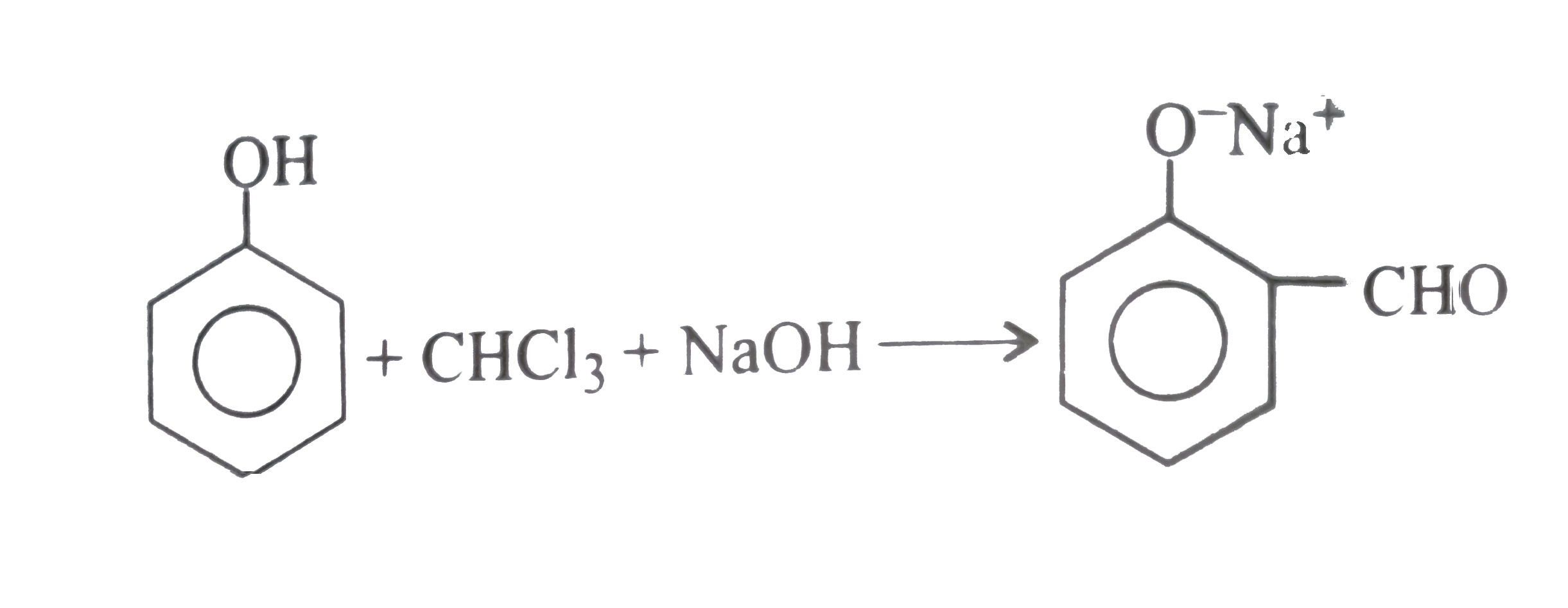 the electrophile involved is 01:42View Solution
the electrophile involved is 01:42View SolutionThe finalproduct of the reaction,
 02:12View Solution
02:12View SolutionIn Reimer-Timann reaction, the reagent used is
01:57View SolutionArrange the following gem diols in decreasing order of stability :
 03:31View Solution
03:31View SolutionWhich is the most suitable method for removing the traces of water from ethanol ?
02:11View SolutionTrans-cyclohexane-1,2-diol can be obtained by the reaction of cyclohexene with
03:07View SolutionAmong the following compounds which can be dehydrated very easily is:
01:57View SolutionThe best reagent to covert pent-3-en-2-ol into pent-3-en-2-one is :
03:01View SolutionAcid catalysed hydration of alkenes except ethene leads to the formatio of :
04:38View SolutionAmong the following the one that gives pistive idoform test upon reaction with `I_(2)` and `NaOH` is:
02:16View SolutionPheny`1` magesoium bromide reacts with methanol to give:
02:15View SolutionIn the following sequence of reactions,
`CH_(3)CH_(2)OHoverset(P+I_(2))(rarr)Aoverset(Mg)underset(ether)(rarr)Boverset(HCHO)(rarr)Coverset(H_(2)O)(rarr)D` The compound `D` is02:27View SolutionThe major product obtanined on interaction of phenol with sodium hydroxide and carbon dioxide is
01:36View SolutionThe main product of the following reaction is `C_(6)H_(5)CH_(2)(OH)CH(CH_(3))_(2)overset(Conc.H_(2)SO_(4))rarr`?
03:19View SolutionWhich of the following has maximum `p_(Ka)` value ?
04:46View Solution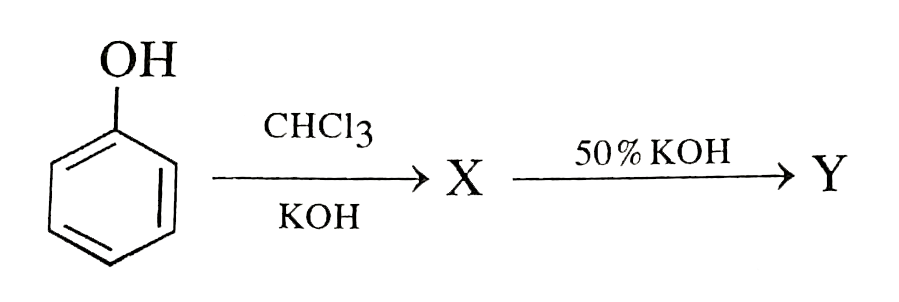
The final product(s) of the reaction is (are) :03:33View SolutionEthyl alcohol cannot be used as solvent for methyl magnesium iodide because
02:13View SolutionWhich of the following give positive iodoform test ?
(1) Ethanol, (2) Ethanal
(3) Butan-1-ol, (4) Butan-2-ol
(5) Phenyl ethanol.02:32View SolutionPhenol is heated with a solution of mixture of `KBr` and `KBrO_(3)`. The major product obtained in the above reaction is
01:25View SolutionWhich of the following reagents will produce salicyldehyde on reaction with phenol?
02:45View SolutionWhich is the product of the following reaction ?
 04:26View Solution
04:26View SolutionWhich of the following reagents may be used to distinguish between phenol and beznoic acid ?
01:02View SolutionAspirin is known as
01:49View SolutionOrtho -nitrophenol is less soluble in water than `p`-and `m-`nitrophenols because
01:27View SolutionSalicylaldehyde can be prepared from phenol by
03:05View SolutionA compound containing only carbon, hydrogen and oxygen has molecular mass of 44.0. On complete oxidation, it is converted into a compound of molecular mass 60.0. The compound is :
02:57View SolutionAn unknown alcohol is treated with "Lucas reagent" to determine wheter the alcohol is primary. Secondary or teritary. Which alcohol reacts fastest and by what mechanism?
04:00View SolutionArrange the following compounds in the order of decreasing acidity.
I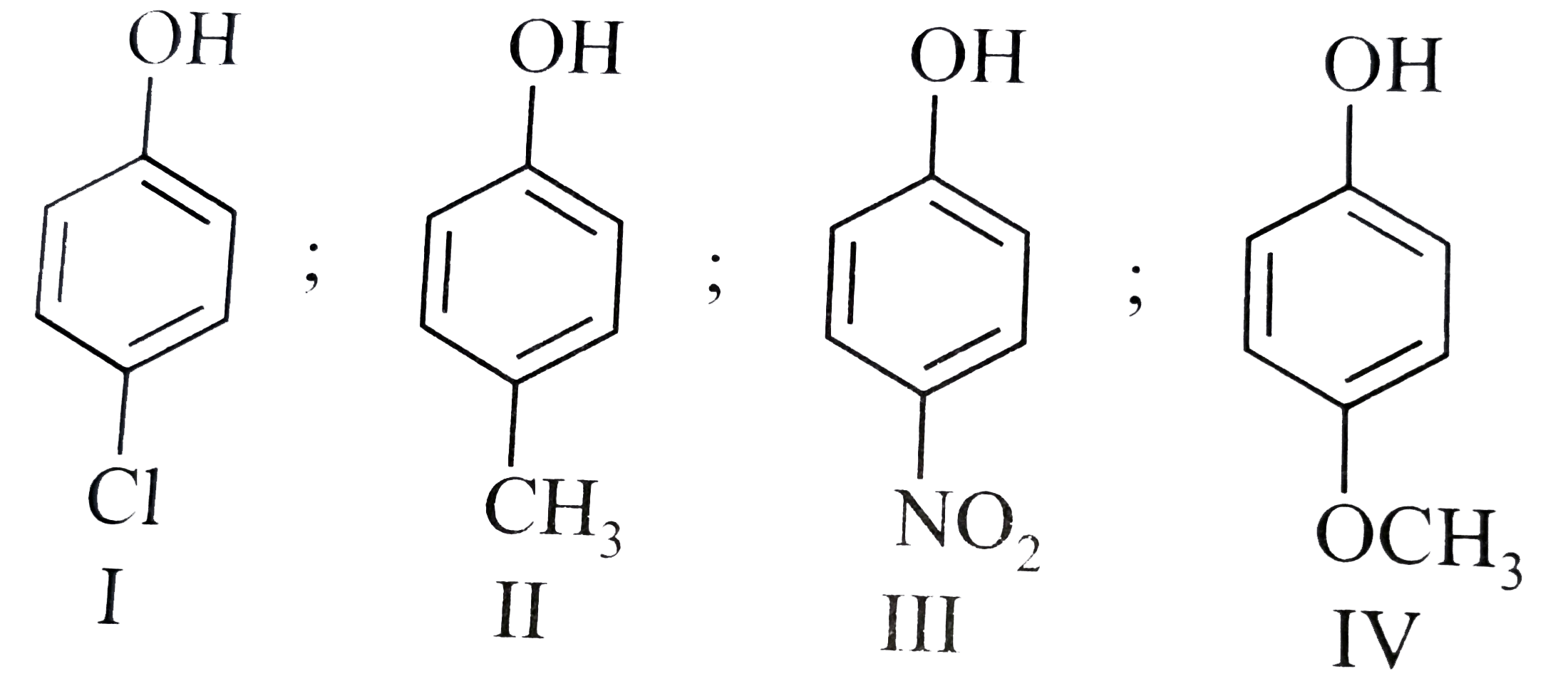 II
II  III
III  IV
IV  02:18View Solution
02:18View SolutionSodium phenoxide when heated with `CO_(2)` under pressure at `125^(@) C` yield a product which on acetylation gives product `C`
 04:27View Solution
04:27View SolutionWhich of the following molecules significant `mu !=0`?
 04:55View Solution
04:55View SolutionTick the statement which is not true.
02:30View SolutionThe enzyme which converts glucose into ethyl alchohol `(C_(2)H_(5)OH)` is
02:32View SolutionWhich of the following statement is not correct ?
02:23View SolutionWhich is the strongest acid ?
03:32View SolutionThe reaction which involves dichloro carbene as an electrophile is :
02:45View SolutionThe product of the reaction given below is :
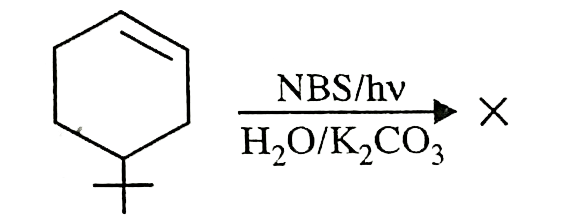 View Solution
View SolutionWhich of the following orders is true regarding the acidic nature of phenols ?
04:00View SolutionPhenol on treatment with `CO_(2)` in the presence of `NaOH` followed by acidification produces compound X as the major product. X on treatment with `(CH_(3)CO)_(2)O` in the presence of catalytic amount of `H_(2)SO_(4)` produces
03:19View SolutionPhenol reacts with methyl chloroformate in the presence of `NaOH` to form product A. A reacts with `Br_(2)` to form product B. A and B are respectively
04:44View SolutionPhenol can be distinguished from ethanol by the following reagents except
01:35View Solution
MCQB questions and complete solutions for chapter ALCOHOLS AND PHENOLS of S DINESH & CO CHEMISTRY (HINGLISH) of Class 12
